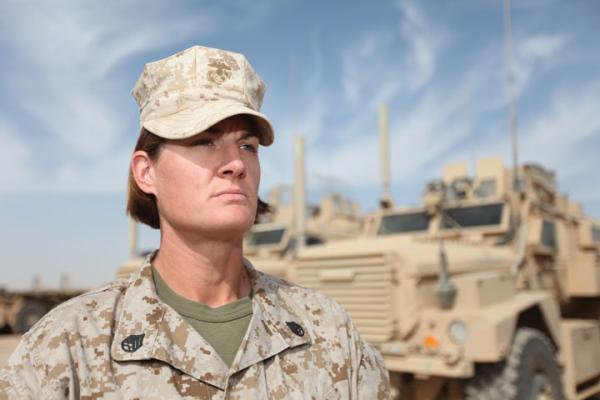
Opinion: Women in Combat is Old News
In a joint news conference on Thursday afternoon, the Secretary of Defense and the Chairman of the Joint Chiefs announced…
Copyright 2024 U.S. Naval Institute. All Rights Reserved.